Do Tuong Linh arrived in New York in 2023 with a purpose. “I wanted to create a strong foundation for Vietnamese artists to step onto the international stage,” she says. “And over time, to build something lasting for them on the global art map.”
The Hanoi born curator didn’t begin at the centre of Vietnamese contemporary art. There was a time she believed a career in art held no real future. But two decades in, she’s become one of Vietnam’s contemporary art scene key figures: bridging people, places, and time with rare sensitivity.
From Hanoi to New York, from independent spaces to the Berlin Biennale, her work circles a persistent question: how do you map a contemporary art history of Vietnam — one that is scattered, under-documented, and often excluded from Western definitions?
It’s a question that’s followed her from the very beginning. In the early years of her career, she moved through a wide range of spaces: cultural institutions like the Goethe-Institut and British Council; independent initiatives such as Sàn Art, Nhà Sàn Collective (formerly Nhà Sàn Studio), Ryllega Gallery, Hanoi DocLab and VCCA, where she worked to bring contemporary art closer to a broader public.
In conversation with Do Tuong Linh, I traced her journey through two decades of Vietnamese contemporary art, a story shaped at the dawn of the 21st century, and still unfolding.
How did your career in art begin?
I’ve loved art since I was little. I took drawing classes until I was 14, and I was into performing too—singing, dancing. My parents both worked in culture—my dad was an engineer at the Vietnam Film Institute, and my mom was an archivist there. But art never felt like a path with a future. No one in my family was in the arts.
But I was good at languages and that opened a door. Spanish was incredibly popular at the time so I decided to study it at Cervantes Institute. Spanish became a tool for me to explore art, and that gave me a much broader lens—not just Vietnam or Southeast Asia, but something more global.
Where I studied also had a massive library of foreign-language books—something rare in Vietnam back then. I still remember the first book I read: Living with Art. It introduced me to art movements, to ways of seeing. That was how I started teaching myself art history.

Around that time, I began blogging about art on Yahoo 360. By chance, an art student at that time named Nguyen Quoc Hung—who later founded Chọn Auction House and played a major role in reviving interest in Indochine art—came across my writing. He invited me to check out Hanoi Campus, a residency program set in an old French villa on Nguyễn Khắc Nhu street.
Hanoi Campus became my first real entry into the art world. That’s where I met Marcus Mitchell, the first black curator in Vietnam; and Quynh Anh Tran, who was working on Saigon Art City at the time. I became an assistant there. That was my first job in art.
You’ve spoken about feeling like an outsider at first. Who were the first people to open the door to the art world for you?
Arlette Quynh-Anh Tran; Suzanne Lecht, who opened the Art Vietnam Gallery; and the artists who became my anchors: Truong Tan, Richard Streitmatter-Tran, Tran Luong, Dinh Q. Le.
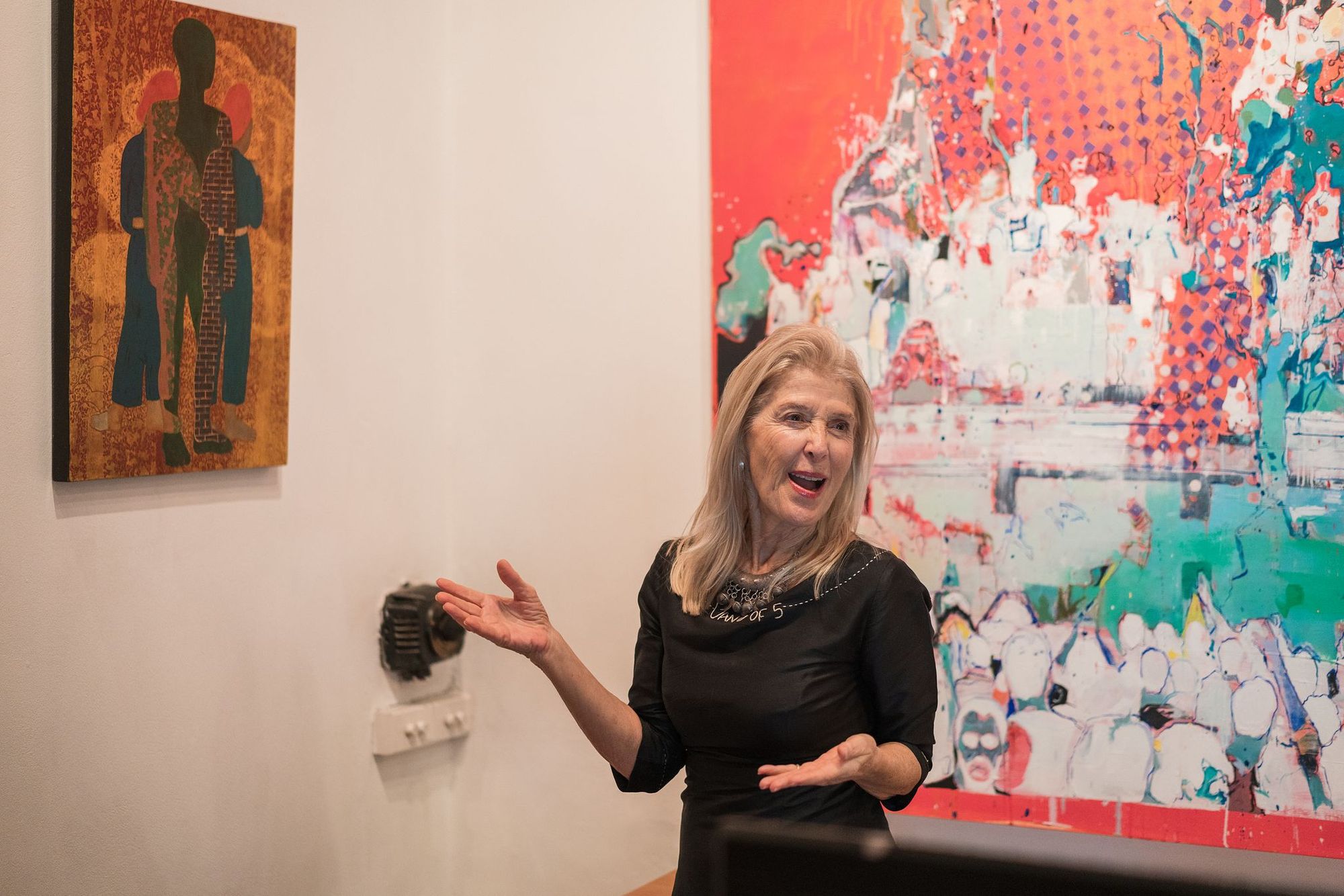
Two decades in, what’s still holding the Vietnamese art scene back?
The biggest challenge for the art scene in Vietnam has always been the lack of an ecosystem. Art can't grow in isolation—it needs curators, collectors, institutions, and audiences.
When I started out 20 years ago, an ecosytem didn’t really exist. Contemporary art in Vietnam felt almost invisible. There were a few artists, a few people who’d studied or traveled abroad but no general audience, no Vietnamese collectors. Most of the collectors were foreigners.
That’s part of why I co-founded Six Space with Le Giang. We wanted to create an independent art space. I took on the artistic direction: curating, shaping the programs, raising funds. Giang ran the daily operations. We built it because we believed art should be something people could walk into, question, and connect with.
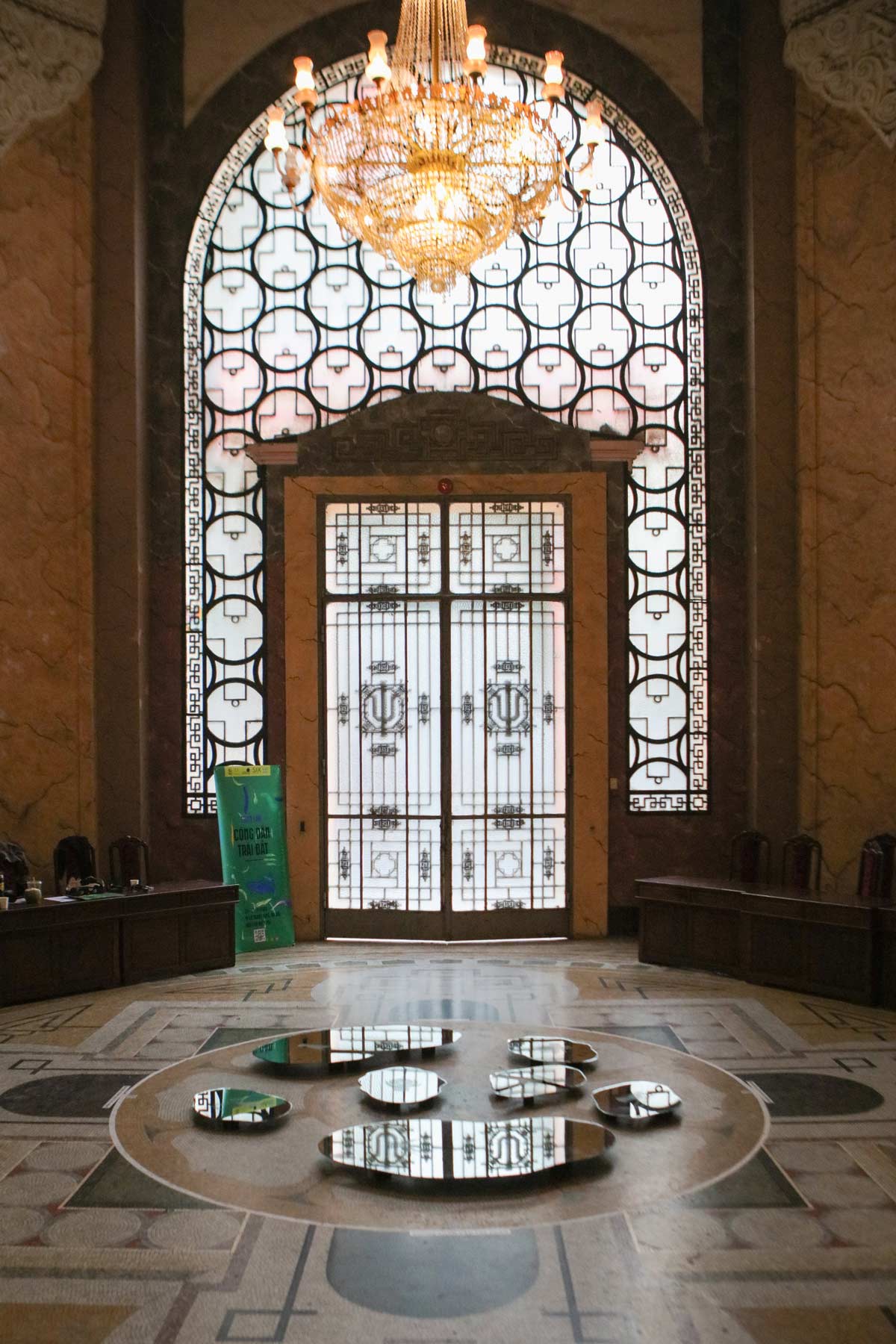
But over time, we ran into the same wall a lot of other spaces did: funding. Relying on grants meant constantly adjusting how you wrote, what themes you focused on, who you were speaking to. You had to frame things in ways that made sense to Western funders. And that pressure trickled down to the artists, especially younger ones. They started tailoring their practices to fit what those outside systems expected to see from “Vietnamese art.”
That’s the part that still frustrates me. And I kept asking myself: how do we create a space where Vietnamese artists can grow freely, outside someone else’s frame?
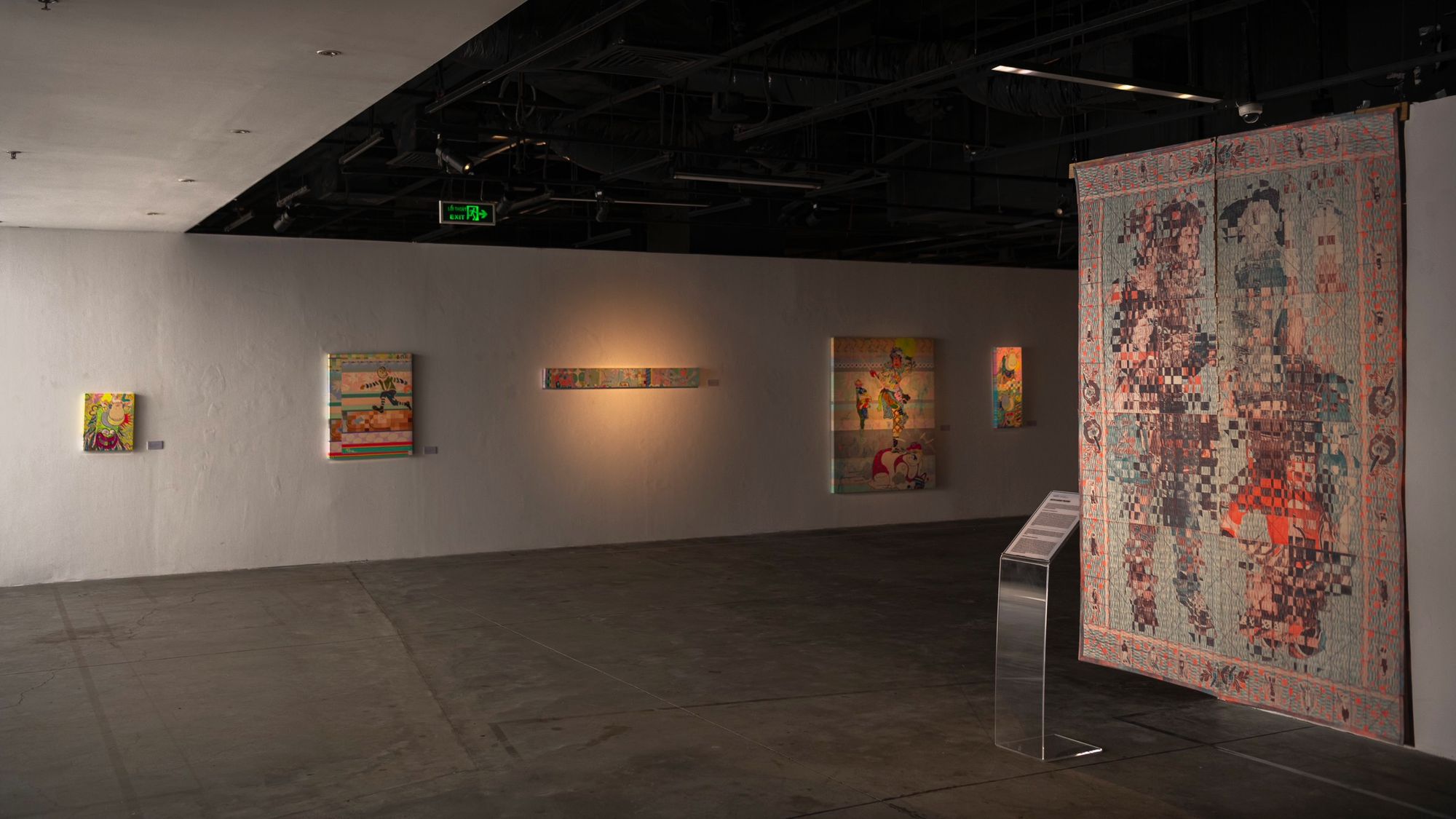
Change has to be collective. The question is: how do we build something sustainable? And my answer is always: we have to grow it together. Otherwise, we’re just recycling the same structures that kept us small.
After 20 years, what shifts have you seen in the Vietnamese art scene?
I’ve seen a real shift coming from younger artists. Many of them, particularly the ones who studied abroad early, artists born in the ’90s bring a fresh, powerful perspective. They grew up in a period of intense social and political transition, and their work often reflects that. It resets the context, reexamines history, and responds to change.
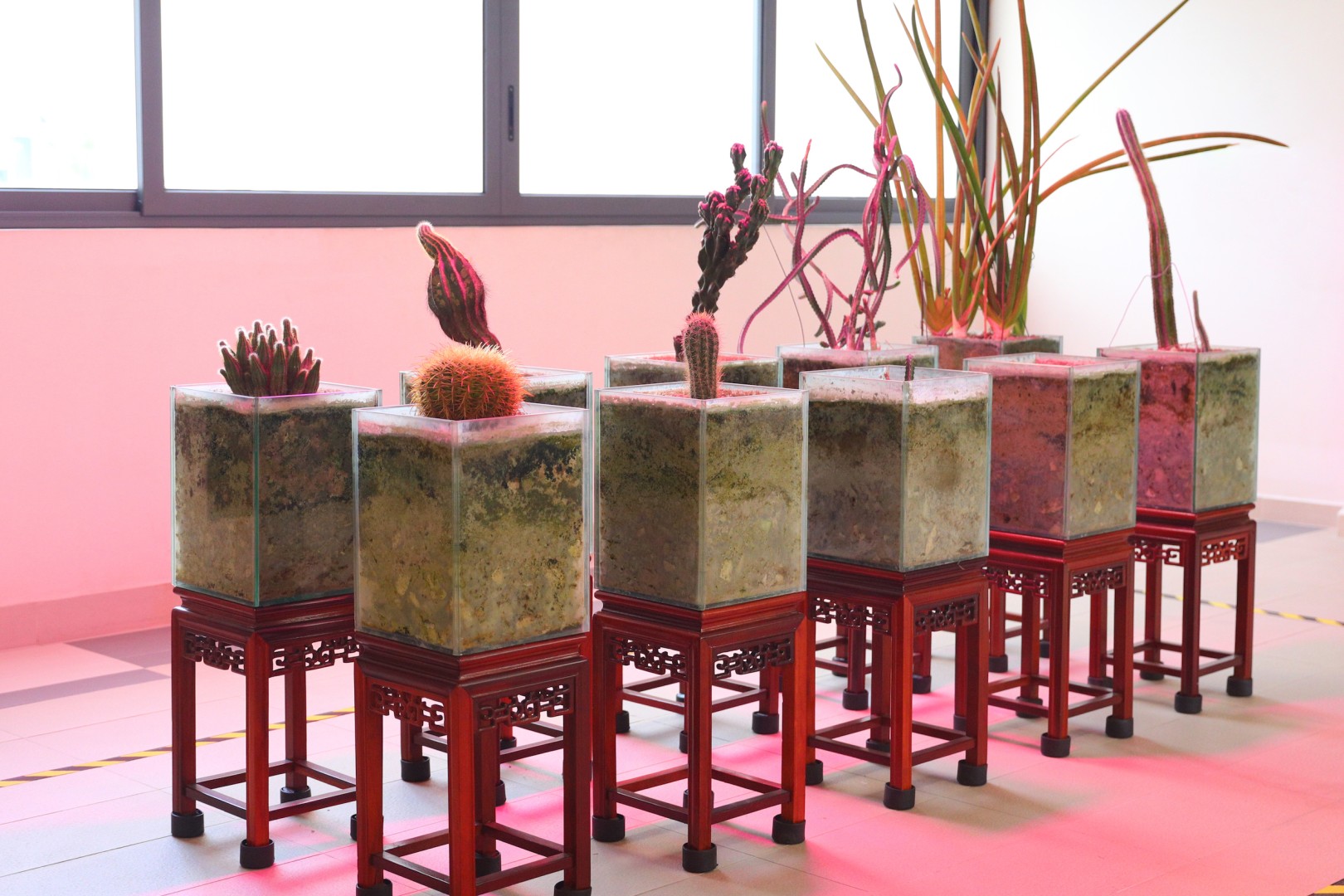
Even overseas Vietnamese artists, those returning to Vietnam find themselves confronting history in meaningful ways. Whether it’s colonial legacies, war memory, or personal family histories, there’s an impulse to trace the layers and ask: how has Vietnam been seen, and how do we see ourselves?
Artists like Tuan Mami, Nguyen Trinh Thi, and Dinh Q. Le each have their own approach to unpacking how the West has framed Vietnam—often through the lens of war—and how to reclaim or reframe that gaze.
Even artists from previous generation, like Phan Thao Nguyen or Truong Cong Tung, share a similar sensibility. We grew up in a space where history was always present, always shaping how we see and research. Their work reflects that—deep, layered, and historically grounded.
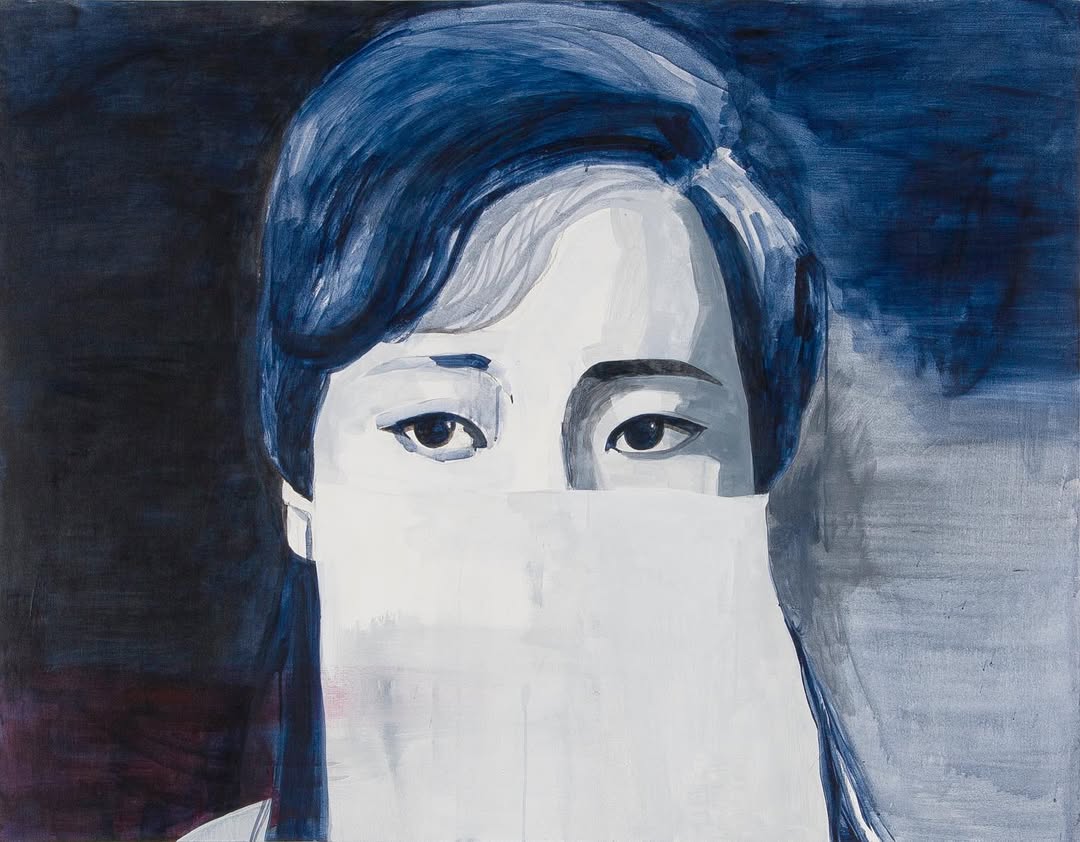
I remember the Group of 10 in Saigon. Even though their style was abstract, the works still carried an acute awareness of time and history, a way of renewing the present.
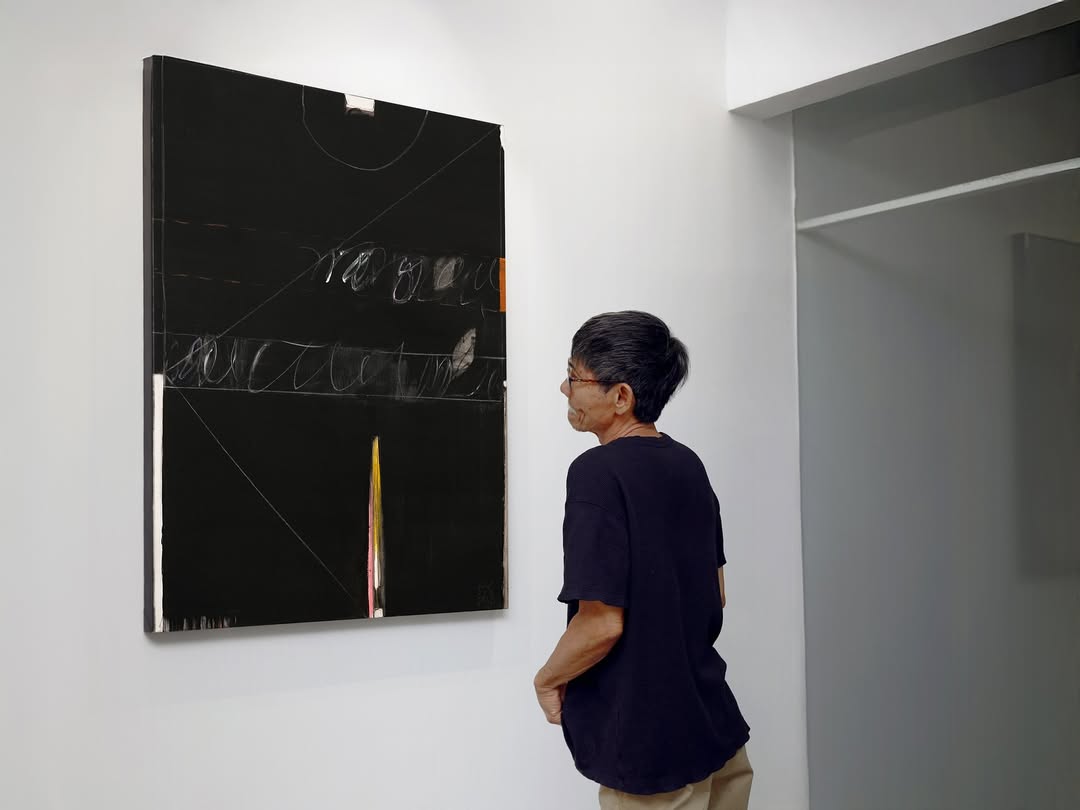
That said, the ecosystem still poses challenges. Much of the art infrastructure here is funded by foreign grants. So naturally, artists, especially younger ones, end up adapting their work to fit the aesthetics and expectations of Western funders. Over time, that creates a certain look, a kind of “Vietnamese art” that aligns with international tastes.
Some artists, especially those who’ve been trained abroad, still root their work in personal and familial histories. You can feel the presence of Vietnamese culture and tradition, even if it’s quiet. Others take a more minimal or conceptual approach, focusing on material and form rather than cultural narrative. Sometimes local audiences struggle to see those works as “Vietnamese,” even when they are.
But this is a hard balance. The kind of work that resonates in Vietnam doesn’t always sell abroad. And while we’re starting to see a small community of Vietnamese collectors form, one that’s more public and respectful of the arts, the value still leans heavily toward big names, especially those from the École des Beaux-Arts de l’Indochine era.
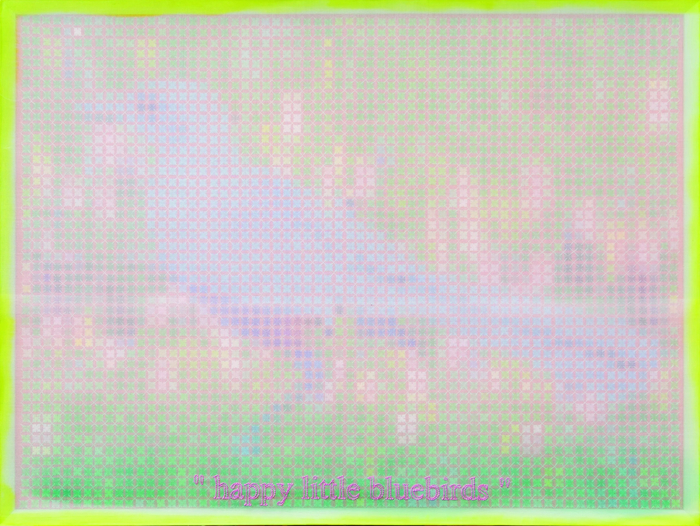
For young artists working in Vietnam, it’s still incredibly tough. Overseas, a young artist can mount a show and collectors show up. Here, even when someone genuinely loves the work, they often won’t buy. They’d rather invest in a name they already know, something “safe.”
But it’s not about price, it’s about belief. If no one’s collecting their work, how are these artists supposed to survive? They need to be supported, to be seen for their potential, to be believed in. Not just compared to artists who’ve already been given value.
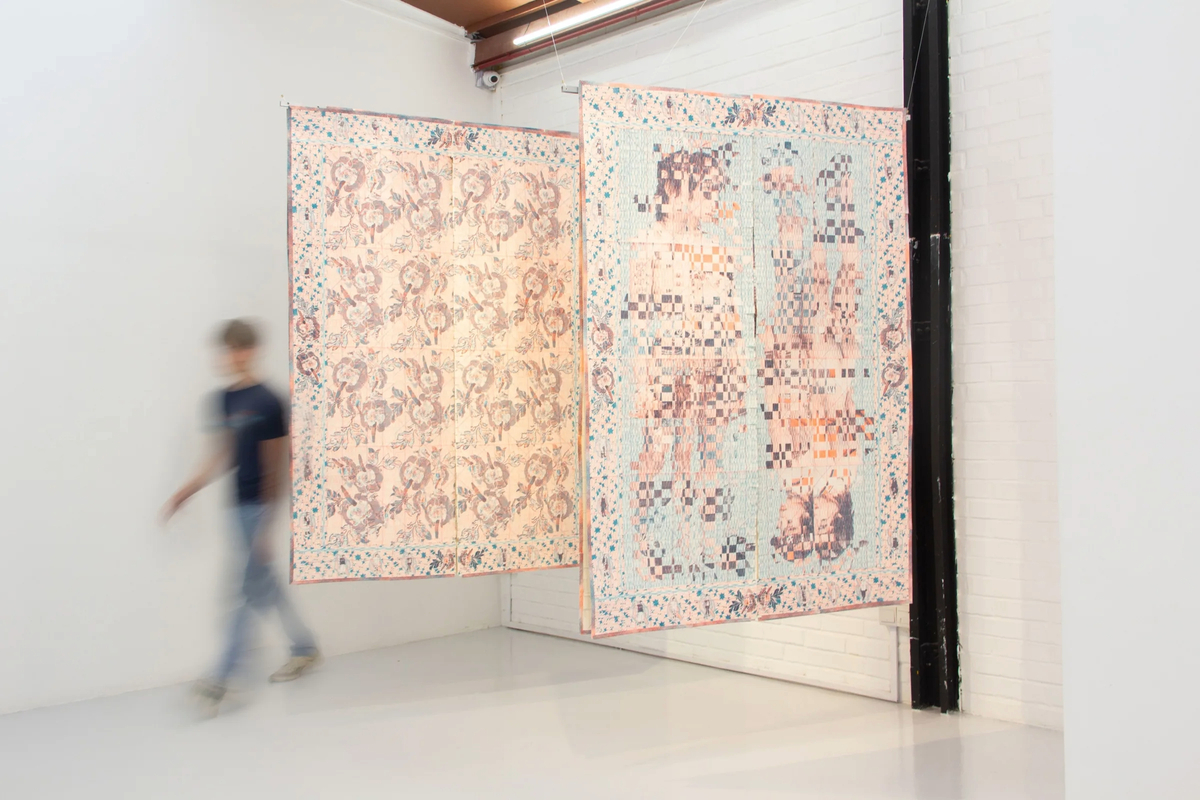
What project that stood out the most in your career?
Definitely the Berlin Biennale in 2022. I was part of a curatorial team, and I was the only Asian curator. It was the first time many Vietnamese contemporary artists were presented on such a major international stage. What made it truly special was that all the works by Vietnamese artists were newly commissioned by the Biennale.
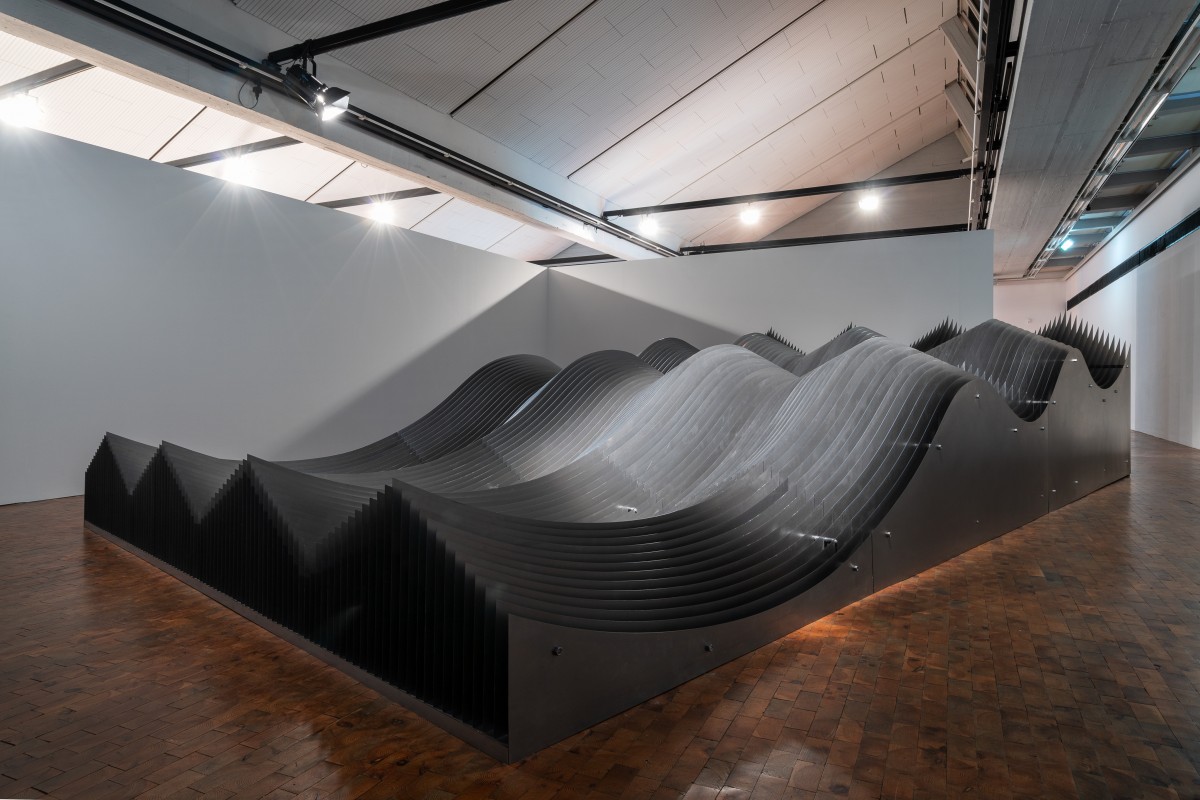
For many international audiences, it was their first time seeing Vietnamese contemporary art outside of the usual war narratives. The response was incredible. Some even said the Vietnamese section was one of the strongest parts of the show. It felt like a real shift—like we were finally being seen on our own terms.
Why did you choose to move to New York?
Right after the Berlin Biennale, I started thinking about the next step. Vietnamese art has always been at a disadvantage even when compared to other Southeast Asian countries.
Vietnam did have a strong foundation from the time of the École des Beaux-Arts de l’Indochine a hundred years ago, and several Vietnamese artists even made names for themselves in Europe. But much of that intellectual and collector class disappeared because of the war. We lost that continuity. Art, after all, is a luxury — it thrives when a society has stability and resources.
In contrast, other countries in the region like Singapore, Thailand, or the Philippines have royal or elite collections going back generations — where owning art signals social status. That ecosystem is only now starting to develop in Vietnam.
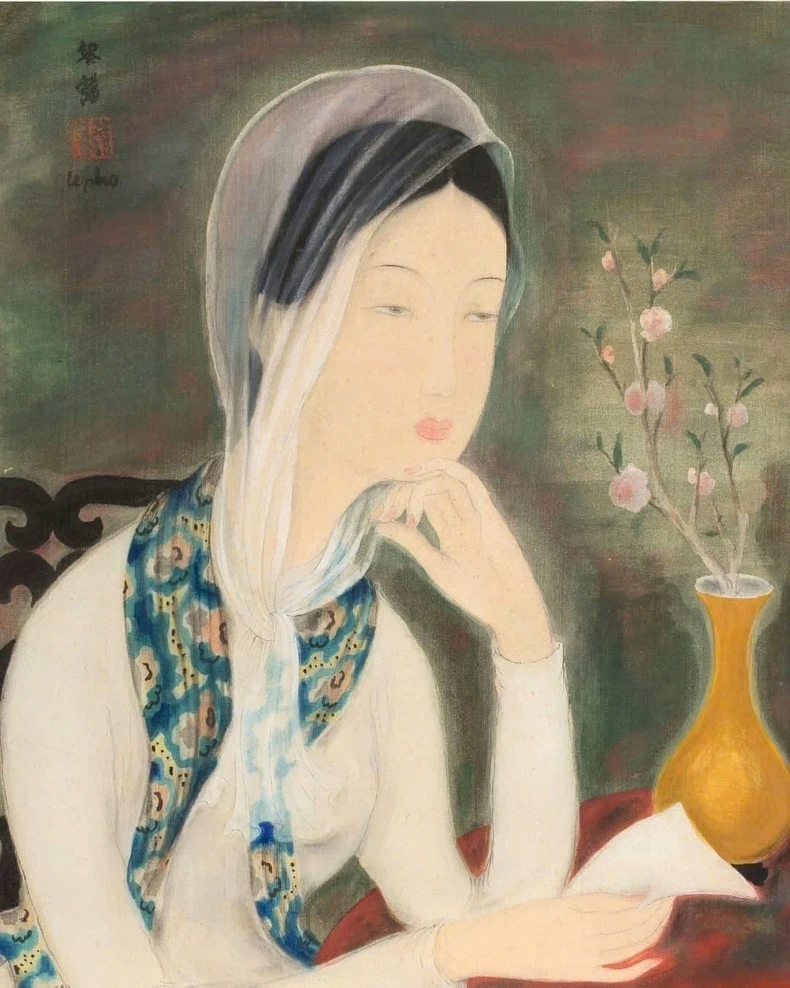
Also, many curators and art professionals from neighboring countries trained abroad. They brought their art to the global stage, wrote books, and organized shows. That’s how the West got to know their art scenes. In Vietnam, that kind of representation is still mostly done by foreigners.
So when I was invited to apply for a research fellowship in New York — funded by the Rockefeller Foundation and focused on artists from Asia — I saw it as a chance. I went right after wrapping up the Biennale in late 2022 and started the fellowship in early 2023.
And honestly, New York surprised me. During my research, I met so many incredibly talented Vietnamese living there — people doing amazing work that hardly anyone in Vietnam knows about.
Do Tuong Linh is currently the Gallery Director at Nguyen Wahed Gallery in New York.
